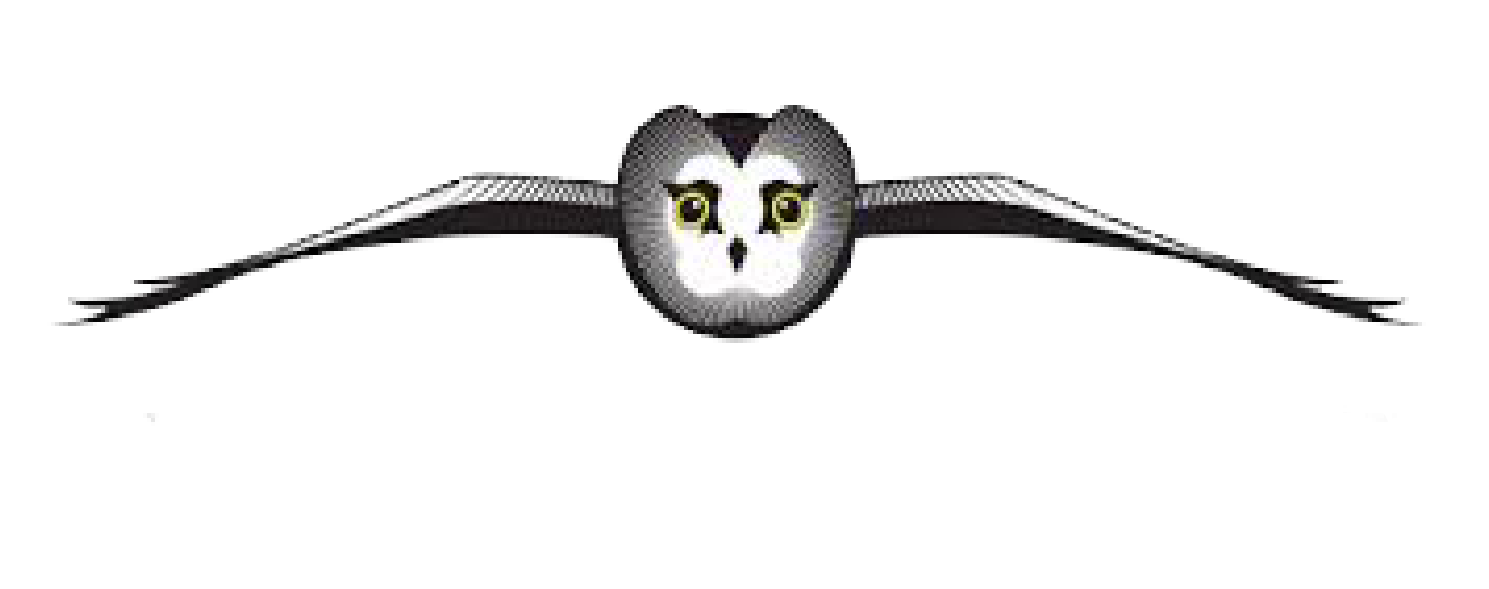OWL MONITORING
About the Program
WBRG is active in a number of owl research projects in eastern North America. These projects are designed to cast light on important life history traits of our most poorly-known group of birds. WBRG’s owl research consists mainly of two focal species: the Northern Saw-whet Owl (Aegolius acadicus) and the Long-eared Owl (Asio otus). These two owls are highly secretive – so much so that many dedicated birders have never seen one in the wild. Each year trained and permitted WBRG technicians spend fall and winter studying the migration, habitat requirements, diets, and other behaviors of Long-eared and Saw-whet owls.
SAW-WHET OWL

The Saw-whet Owl – the smallest owl in eastern North America, weighing less than a stick of butter – is now a poster child of owl migration in North America. Much of what we understand about Saw-whet Owl migration has been discovered in the past few decades by banding owls during their autumn migration. Bird banding involves fitting lightweight numbered bands on a bird’s leg so that individuals can be identified upon later encounters. When a banded bird is recaptured, it can be connected with the data collected at previous encounters. It is in this way – through banding, data collection, and data sharing – that we have pieced together complex, fascinating, and crucially important details about bird ecology and migration. Each year trained and permitted WBRG technicians catch and band hundreds of Northern Saw-whet Owls during their autumn southbound migration. WBRG is part of a continent-wide network of owl banders, called Project Owlnet, which facilitates this communication and data-sharing among researchers.
LONG-EARED OWL

Long-eared Owls, on the other hand, are decades behind other owl species with respect to our knowledge of their migration, population trends, habitat requirements, and other aspects of their life histories. In fact, Long-eared Owls are widely considered to be the least understood owl in the northern hemisphere. This lack of knowledge is at least partly due to their comparative scarcity (Long-eared Owls are not nearly as common as Saw-whets, and thus require more time and effort to study) and highly secretive nature. In addition to banding, WBRG employs radio and GPS tracking technology to learn about Long-eared Owl movements and habitat use, giving us never-before-seen insights into the life histories of these incredible birds.
Adopt An Owl
Adopt a Northern Saw-whet and receive an official adoption certificate, a photo of an owl from this research season, its band number, and its original encounter data. The certificate also comes with a photo of an owl’s wing illuminated by ultraviolet light, the owl’s wing length, and its mass – owl researchers can use this information to determine the age and sex of migrating owls.

If you want to learn more about WBRG’s owl banding research, consider registering for a visit to one of our Saw-whet Owl migration banding stations in Mercer County, New Jersey. Programs are scheduled through our partner organizations, The Watershed Institute and the Mercer County Park Commission. Visit us on Facebook or Instagram for progress updates on our autumn and winter owl research.




